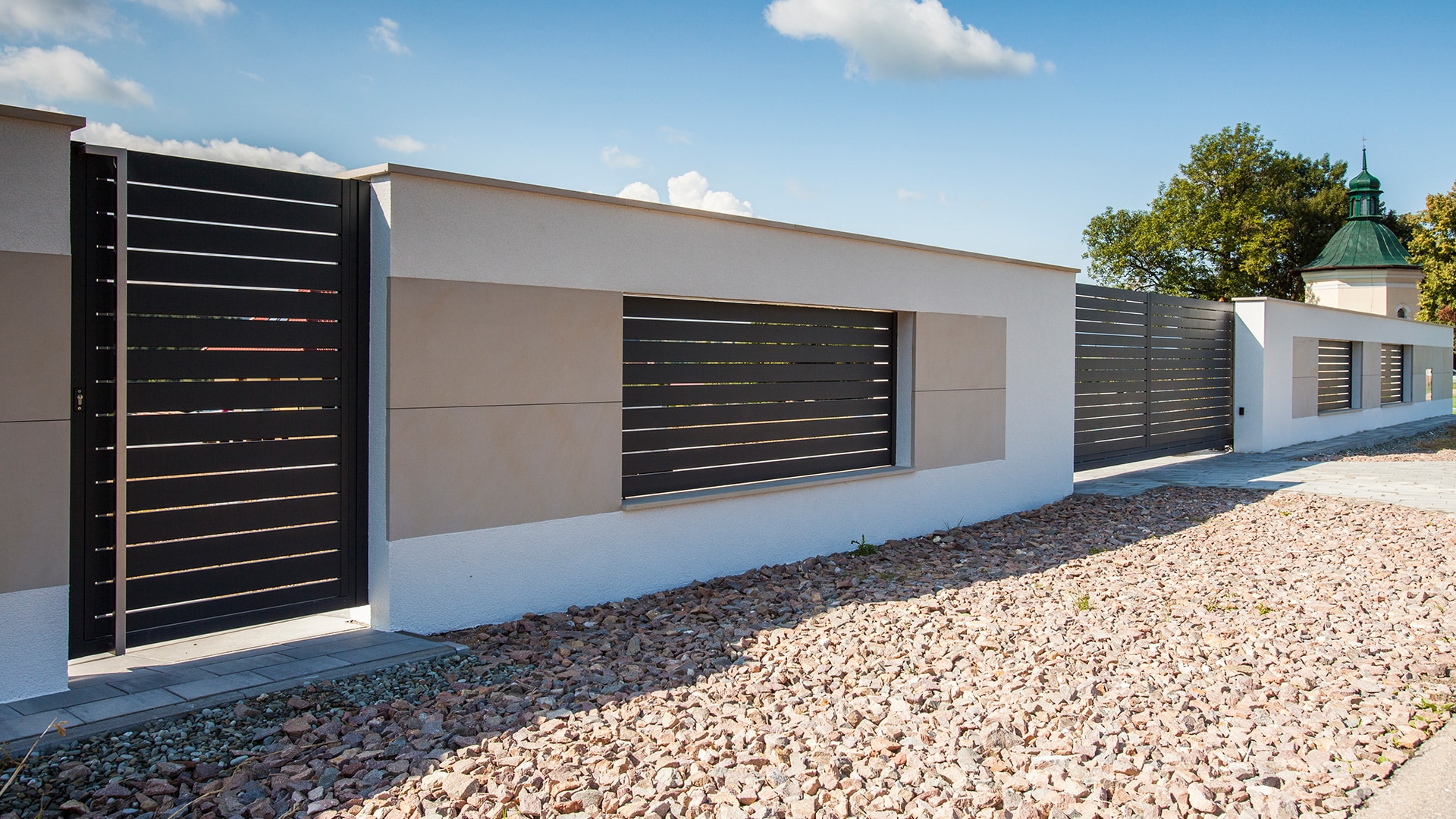What material should a fence be made of?
Are you planning to fence a newly built house? Or maybe you want to replace the old fence with new one? If you are wandering what material to choose, below we briefly describe the advantages and disadvantages of the most frequently used materials. They differ not only in appearance, but also in durability and resistance to weather conditions.
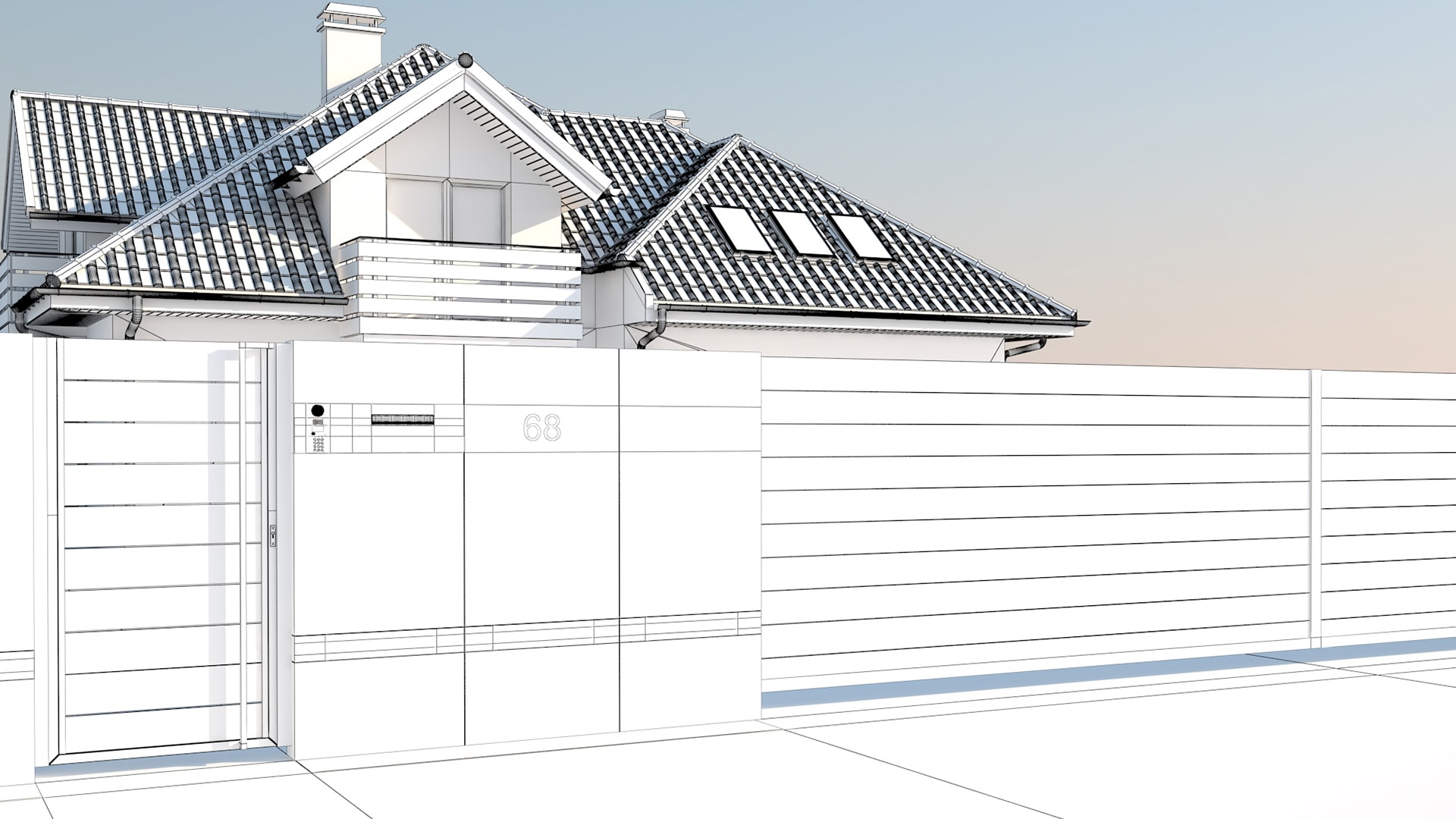
Wire
Until recently, diamond-shaped wire fences were the most popular. Thin wires connected by plaiting, however, could not guarantee sufficient stiffness of the structure. Fortunately, today more durable and more aesthetic solutions are available on the market, such as Eurofence Heavy or Strong. They are made of a thick, anti-corrosion coated wire (4 or 5 mm), which forms rectangular meshes and is joined in the welding process. An unquestionable advantage of wire fencing is the relatively low price. On the other hand, solutions of this type do not provide privacy in the garden and are not the most spectacular. For this reason, they are most often used at the back of the property and around recreational areas, industrial facilities or garden plots.
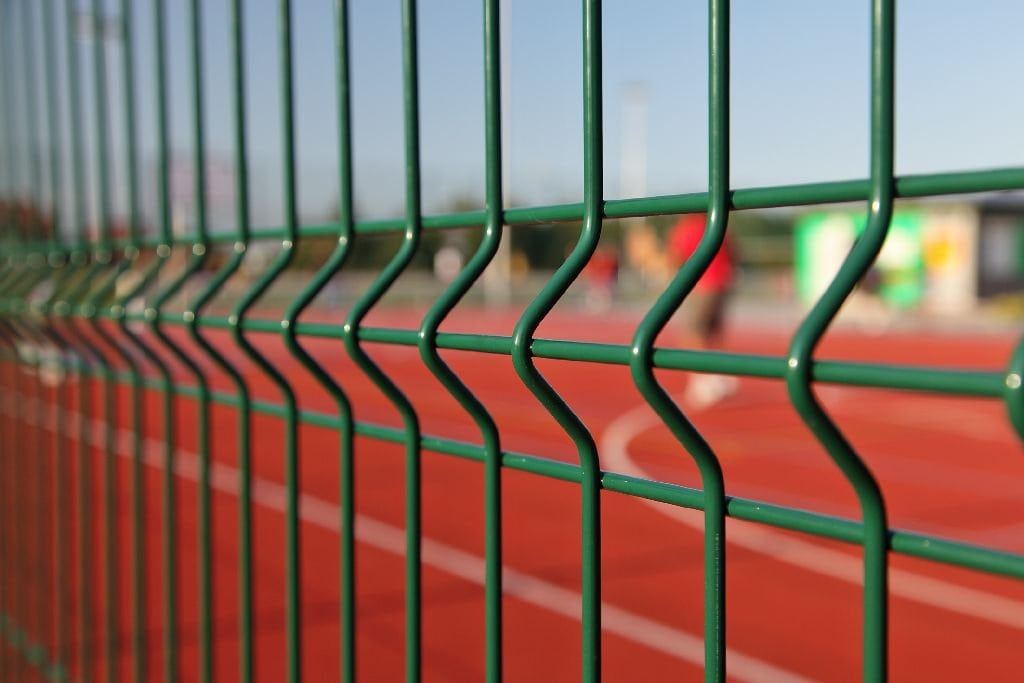
Clinker
The clinker fences are durable and require no maintenance. They are made of the same materials as roof tiles, so they are resistant to frost and water, they do not crumble and do not grow on algae. Clinker bricks are available in many colors, so they can be adjusted to the facade of the house or other elements of small architecture in the garden. Clinker brick walls are perfectly presented in the company of steel, aluminum or wooden spans.
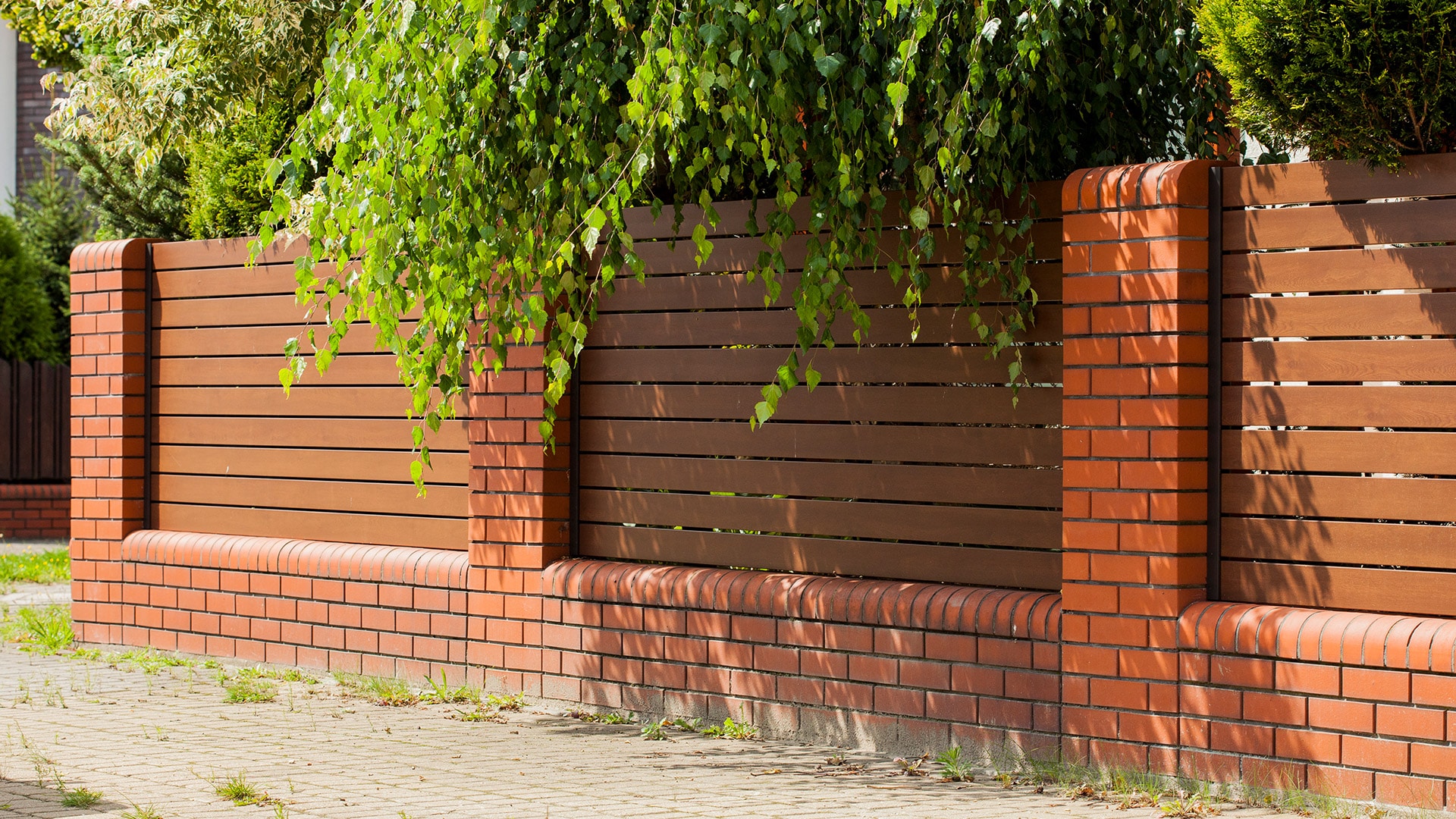
Wood
Wooden planks have long been used to build fences. The natural material looks very impressive, but unfortunately, to enjoy the wooden fence for years, you must remember about regular maintenance. Unprotected wood loses its color due to the UV rays, and in shady places it grows moss and mold. If you choose a wooden fence, remember about regular impregnation.
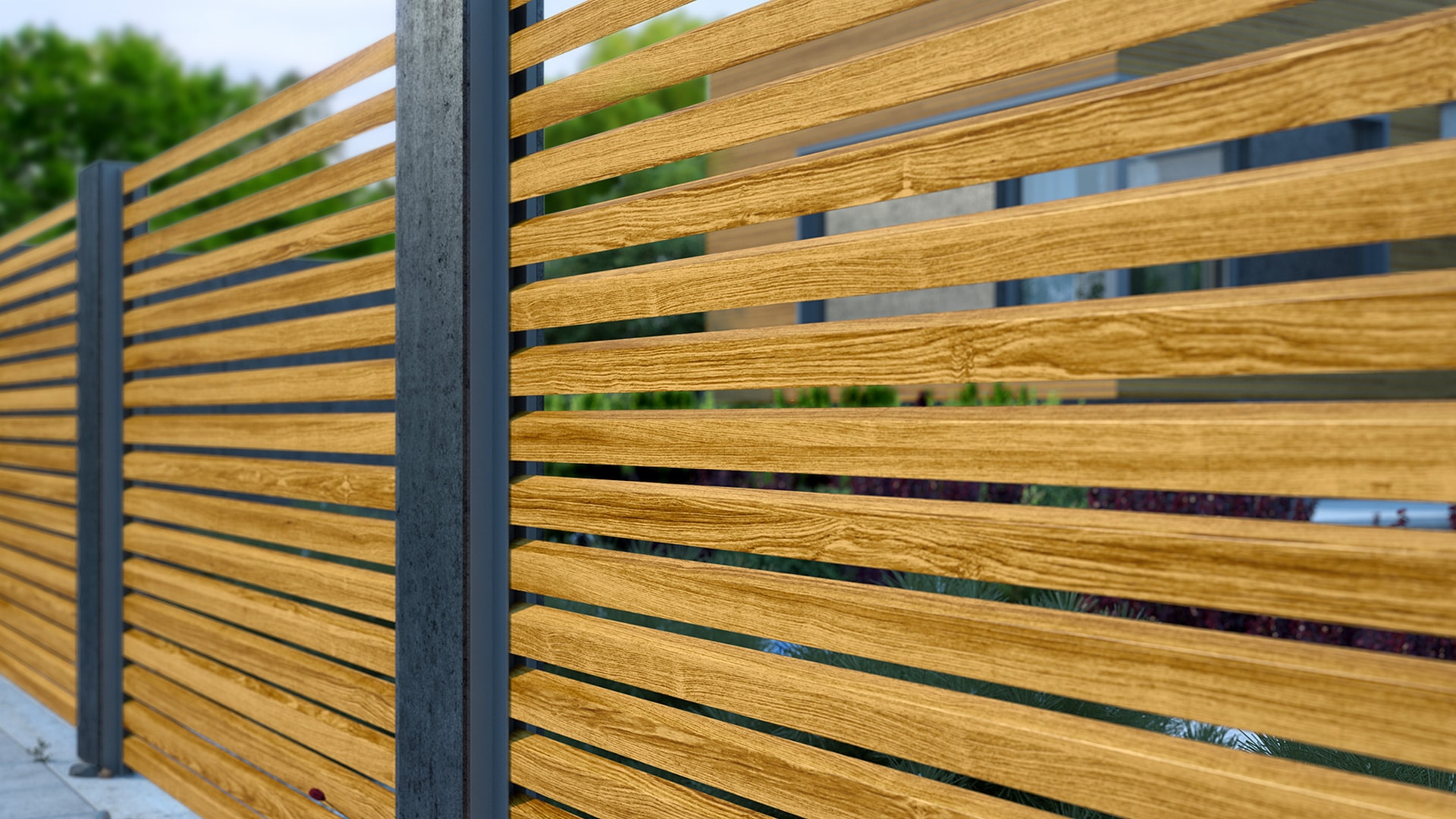
Aluminum
A well-made aluminum fence is resistant to rust and almost maintenance-free. Aluminum can be powder coated, which allows for a durable coating of any color. Therefore, the fence can be easily adapted to both modern and traditional buildings. There are even aluminum fences on the market that faithfully imitate wood, eg Arete Horizon Wood.
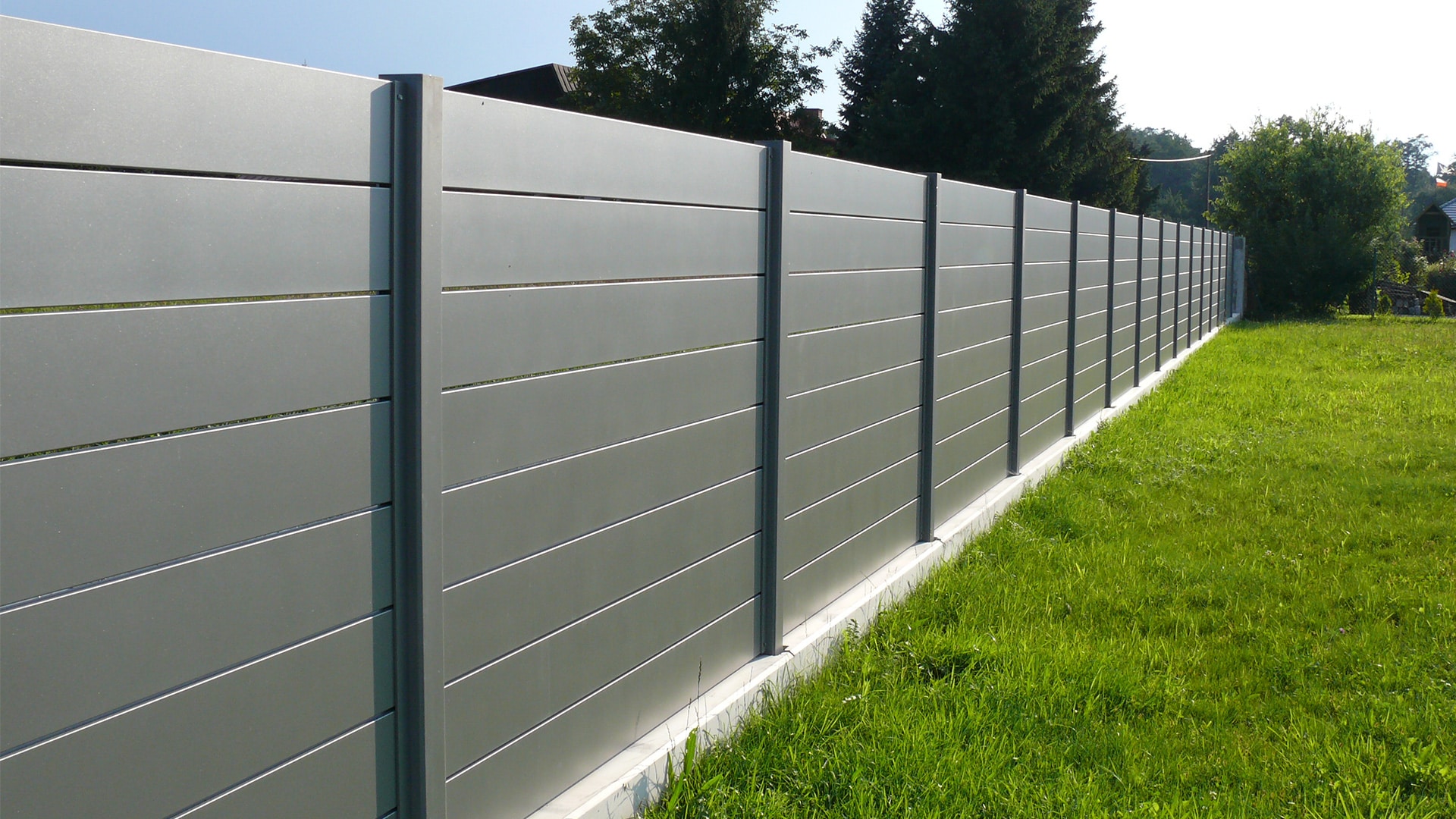
Steel
There are steel system fences available on the market, eg Innovation Lite or wrought to order. Minimalist aesthetics and price are advantages of the first solution, the unique character and artistry are advantages of the second. Steel fences usually do not form a dense curtain, so on the one hand they displays the building, and on the other they do not guarantee privacy in the garden. When choosing a steel fence, it is worth to put on fencing panels covered with a special anti-corrosion coating, otherwise painting and maintenance will be necessary.
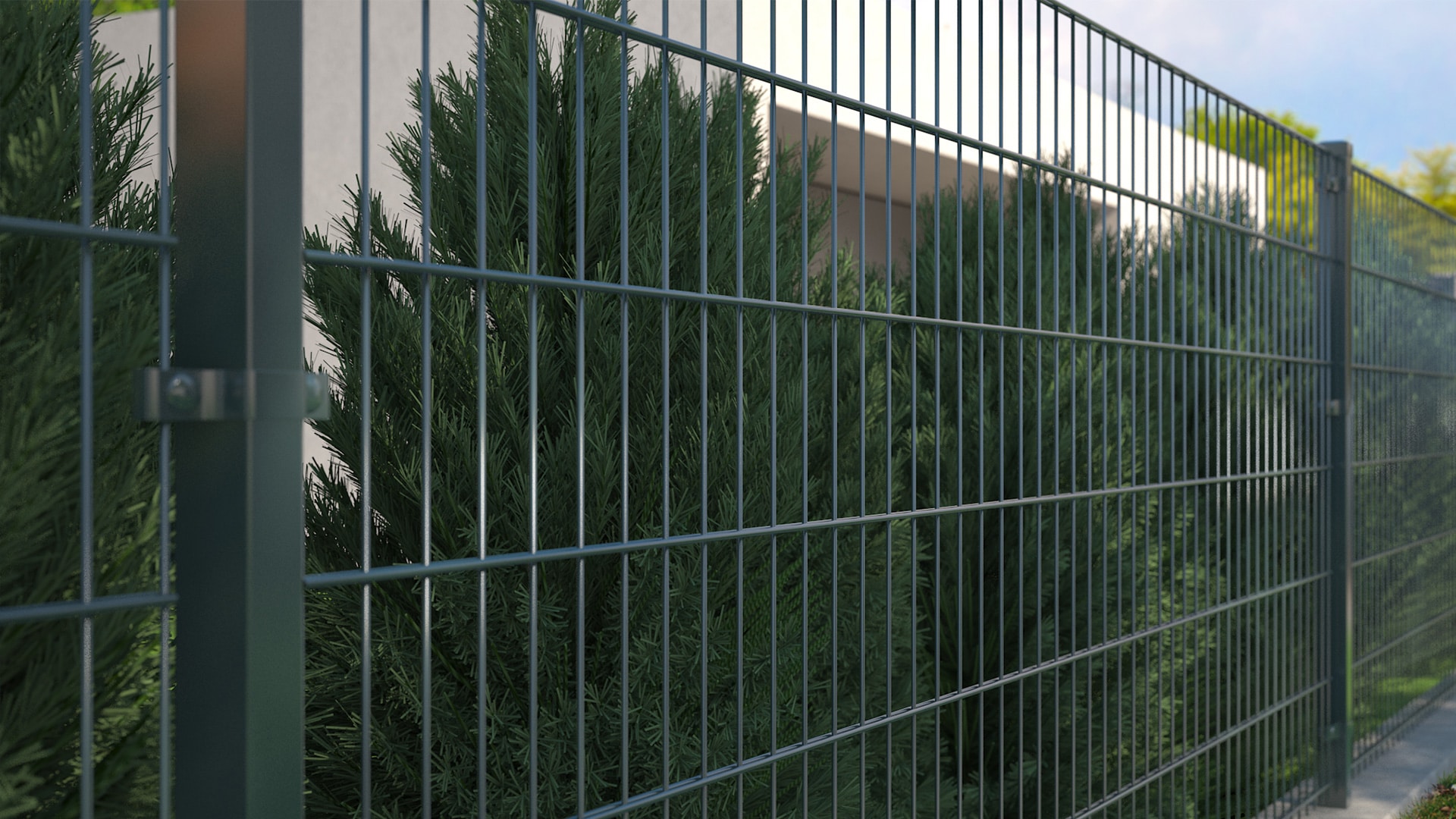
Concrete
Concrete has many advantages: it is durable, resistant to weather conditions and requires no maintenance. Only a few aesthetic and clumsy concrete fences were available on the market only recently. Fortunately, nowadays the situation is completely different, because architectural concrete reigns. This extraordinary material allows you to create spectacular, minimalist fences, often chosen for modern homes. Rockina Cubero is one of our favorite systems
